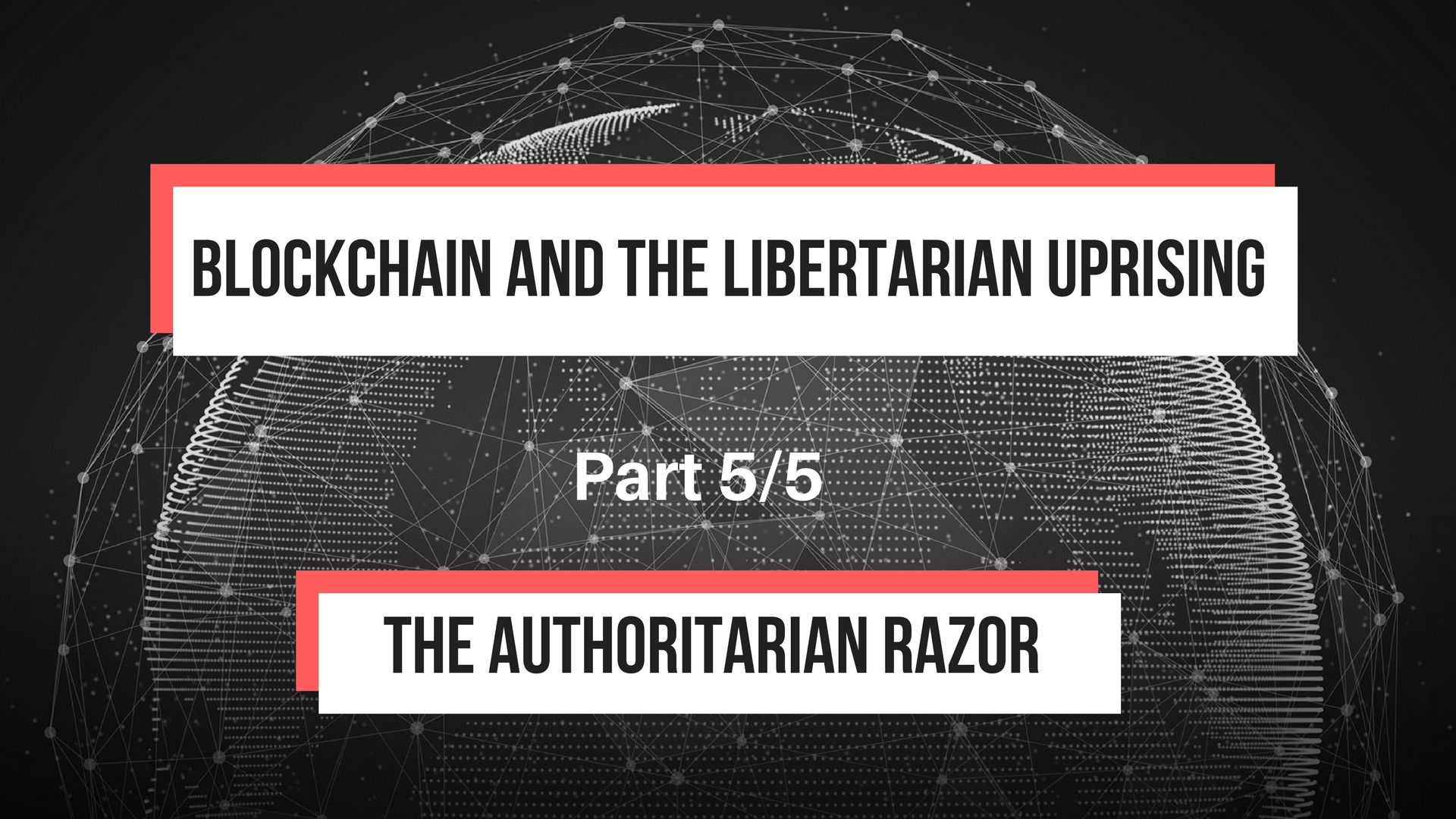Category: Tech
-
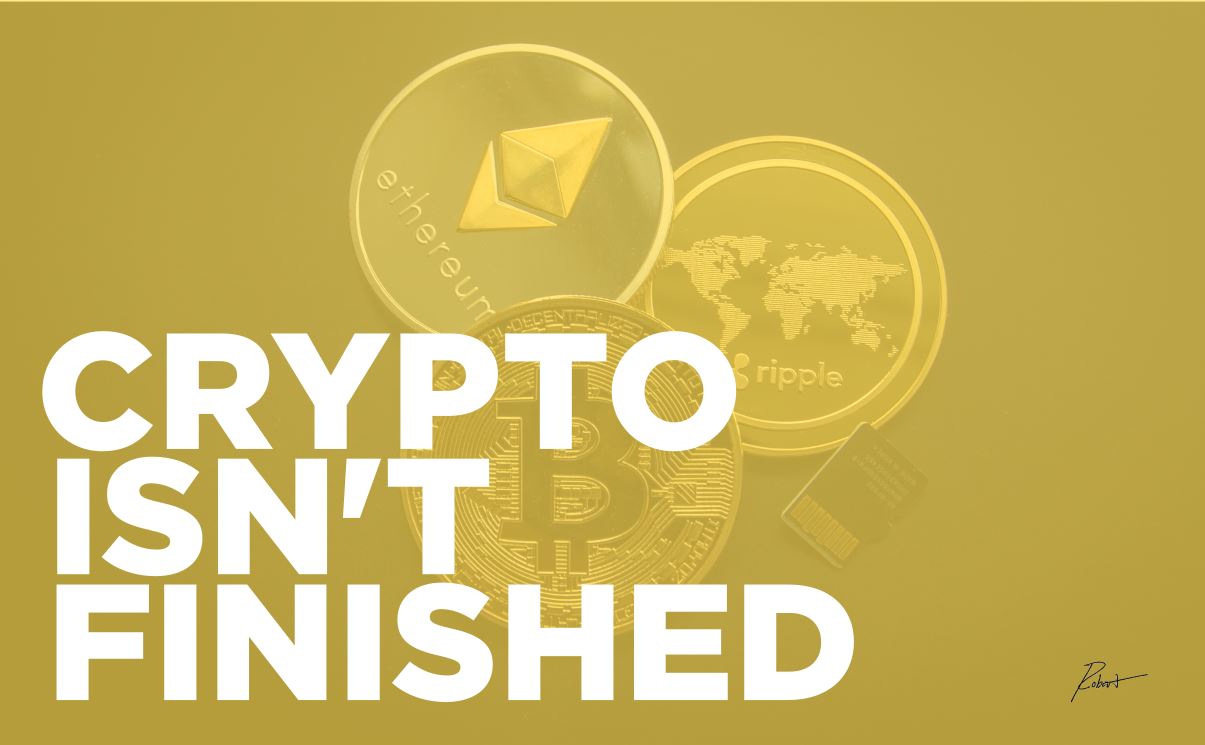
What I Tell Crypto Non-Believers
We’ve seen this before When a revolutionary technology comes around, it’s easy to get caught up in the hype without really understanding what the fundamental disruption really is. I saw this happen in the dotcom boom when anyone with a website claiming to be a company got showered with money from investors. The investors and…
-
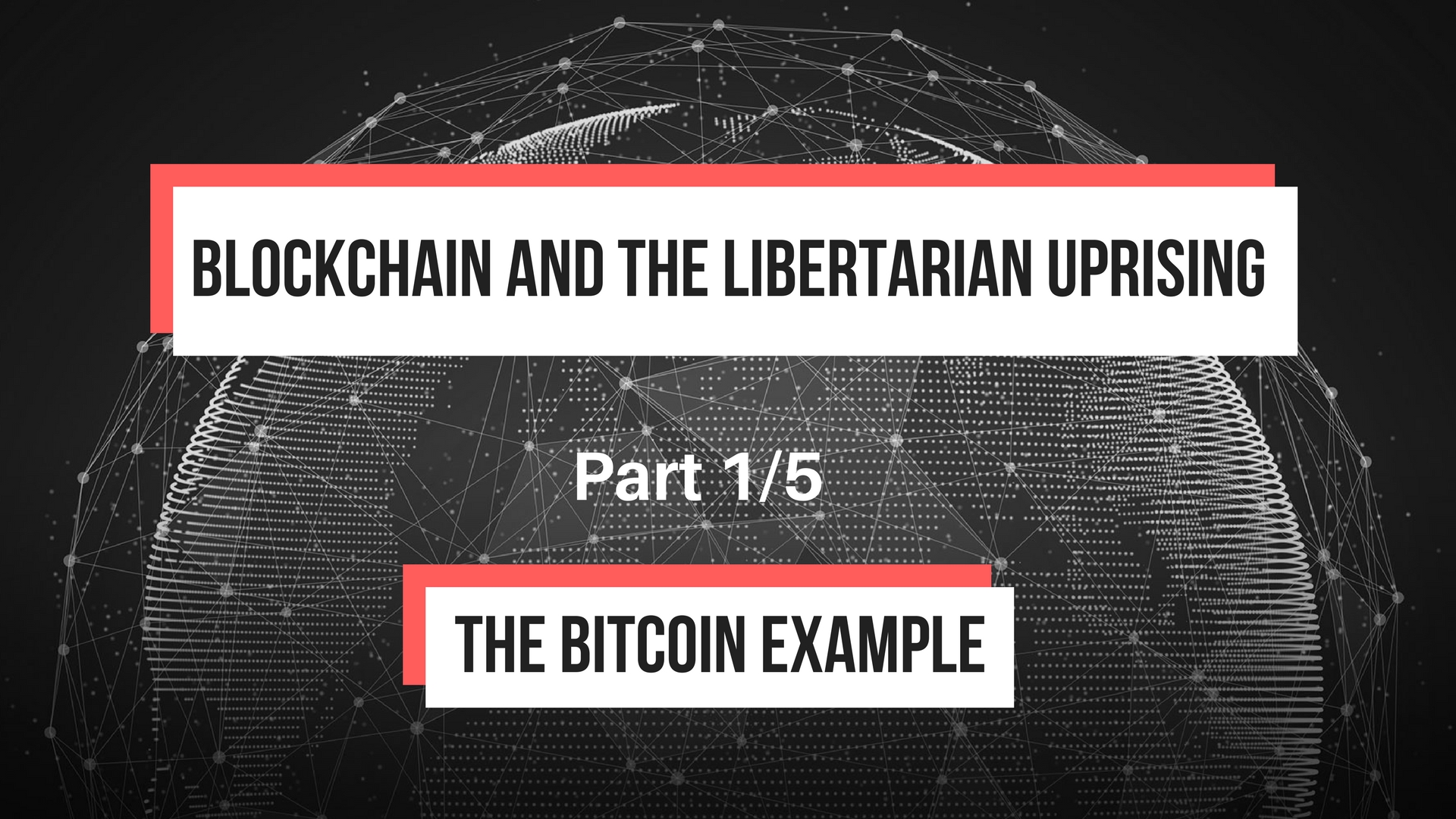
Blockchain and the Libertarian Uprising: The Bitcoin Example
This is part 1 of a 5 part series adapted in blog format from my senior research paper titled “Blockchain and the Libertarian Uprising“. Why do we trust a currency backed by a government that is fourteen trillion dollars in debt? Ever since 1971, when Nixon announced that US dollars could no longer be redeemed…
-
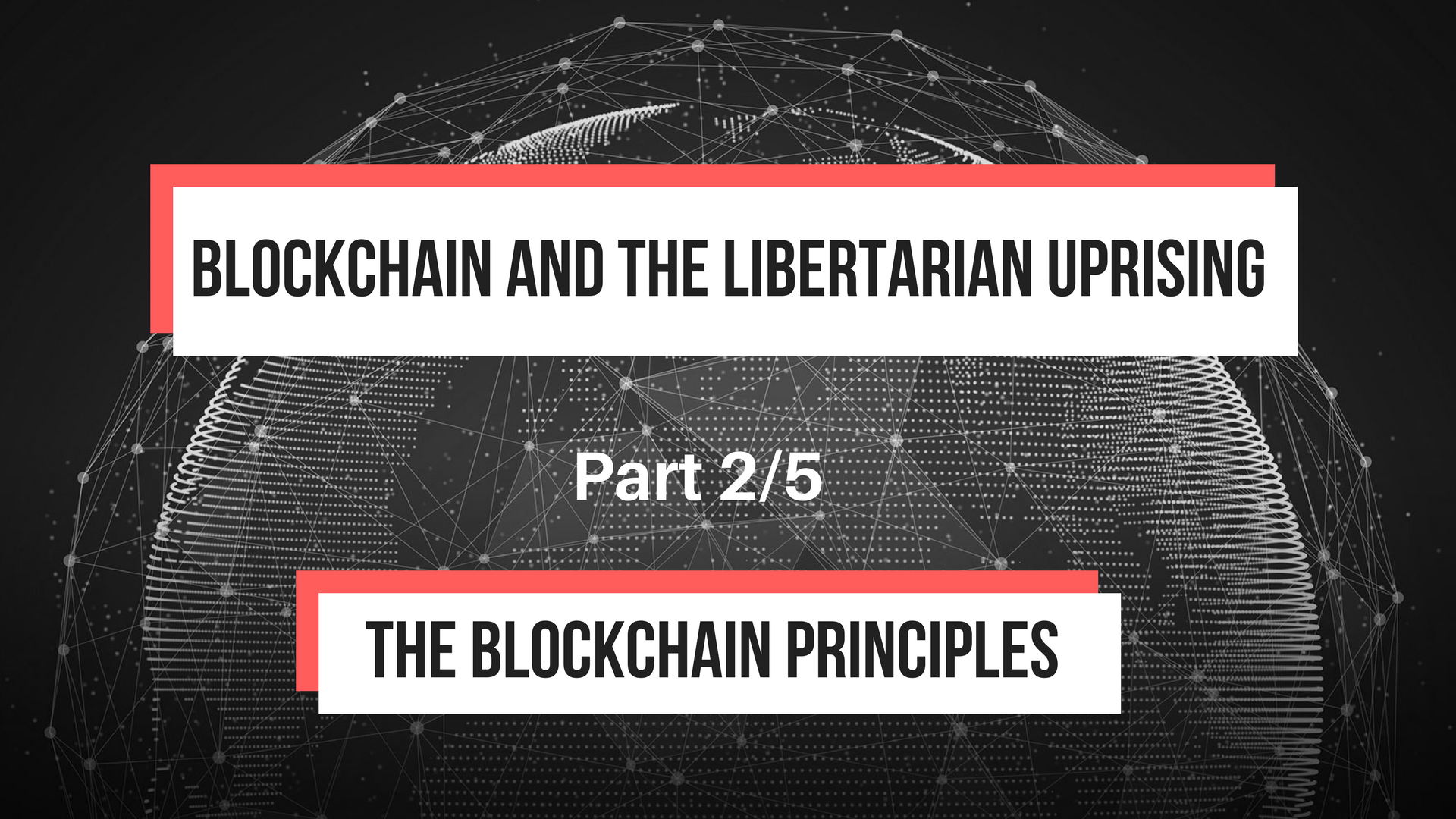
Blockchain and the Libertarian Uprising: The Blockchain Principles
This is part 2 of a 5 part series adapted in blog format from my senior research paper titled “Blockchain and the Libertarian Uprising“. THE BLOCKCHAIN PRINCIPLES The bitcoin example allows us to contextualize the disrupting effects blockchain. Don Tapscott, the co-founder of the Blockchain Research Institute, outlines “7 Design Principles of the Blockchain Economy”…
-
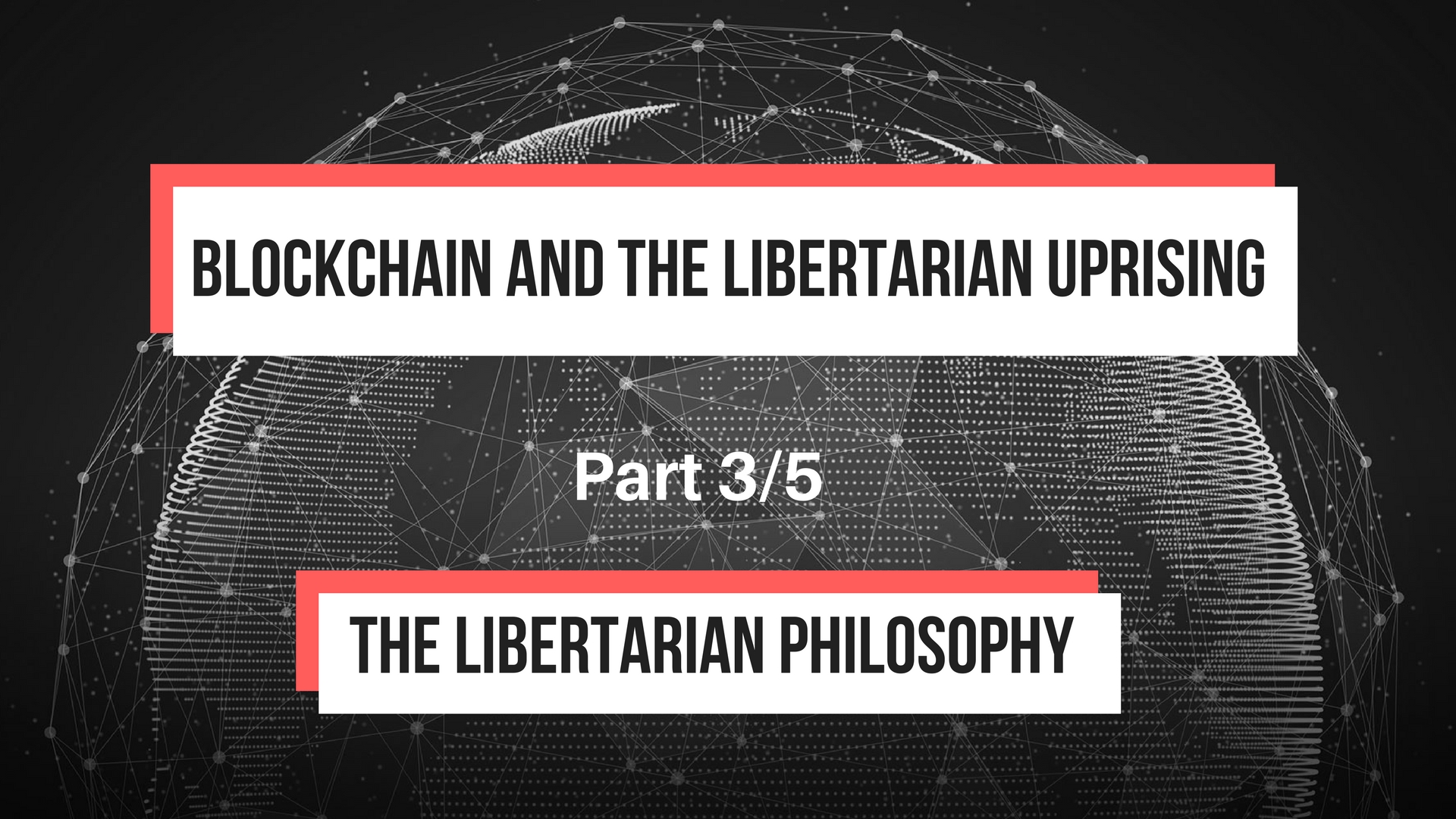
Blockchain and the Libertarian Uprising: The Libertarian Philosophy
This is part 3 of a 5 part series adapted in blog format from my senior research paper titled “Blockchain and the Libertarian Uprising“. THE LIBERTARIAN PHILOSOPHY Any argument claiming the fulfillment of a political philosophy must first define the tenets of such a philosophy. Additionally, in 2014, PEW research revealed that one in ten…
-
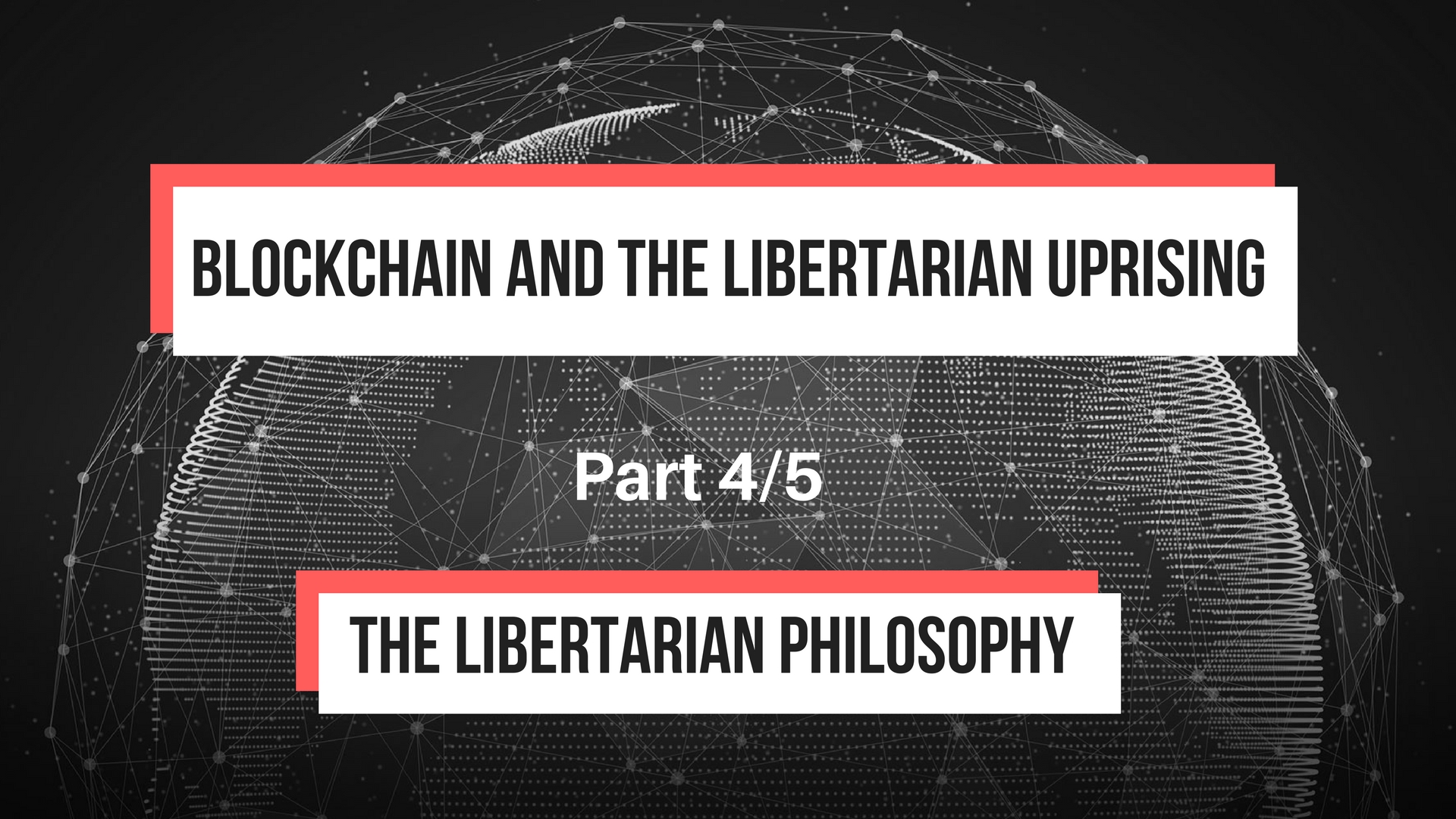
Blockchain and the Libertarian Uprising: The Libertarian Protocol
This is part 4 of a 5 part series adapted in blog format from my senior research paper titled “Blockchain and the Libertarian Uprising“. THE LIBERTARIAN PROTOCOL One of the first promising non-cryptocurrency applications of blockchain is the smart contract. A contract is generally a written agreement between two parties (e.x. A tenant agrees to…
-
Expand Server Storage with Reverse SSH and SSHFS
So you’ve got a Ubuntu based NAS (in my case a Raspberry Pi with 2TB external hard drive mounted) and a hoseted server? Wouldnt it be great if you could mount your NAS to your server? Here’s how to do it! You won’t find many commands here. Every machine is different so its up to…
-
2016 Google Pixel vs Samsung Galaxy S7
A friend of mine asked for my opinion. Galaxy S7 or Google Pixel. Keep in mind that I wrote this with my friend in mind so if it sounds like a personal letter, it is. The primary thing I look for in a phone is software. The Google Pixel does software well. With the Google…
-
Raspberry Pi Google Cloud Print Server
This comprehensive guide gives you the steps and the resources required to turn your Raspberry Pi into an always on, low power Google Cloud printing server. Why? Having a Raspberry Pi as a print server not only allows a user to print from a mobile device but also allows for wireless printing through any network…
-
Cyanogenmod: A new Player in the Smartphone Market?
I love Android. When I get a new phone my first steps are downloading my favorite launcher and installing customization tools like Multi-Picture Live Wallpaper and Zooper Widget Pro. I then spend hours creating custom widgets, setting up custom animations for wallpapers and tweaking every available aesthetic aspect available to my liking. The result is…
